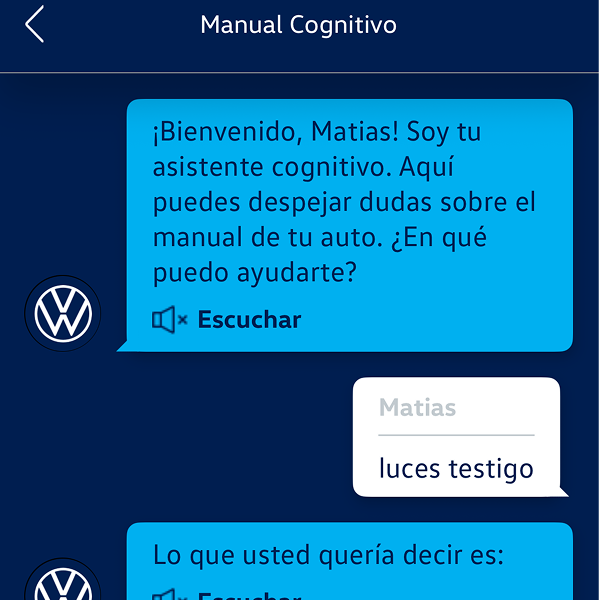Like every innovation, AI comes with a lot of hype and FOMO. Recently, we’ve been receiving more inquiries than usual asking about integrating AI without much reasoning behind it. This raised a red flag for us, so we decided to share something that could help you think clearly: How can I integrate AI into my business?
First things first: AI on its own won’t make your product, website, or app scale and attract customers. That strategic part is still (thankfully) our job, as humans.
Here are 7 validated strategies to help you effectively incorporate AI into your business:
1. Align AI Initiatives with Business Objectives
Not everything needs AI, and not every AI solution brings value. Start by asking yourself where AI can support your core business goals. Maybe it’s reducing operational costs, improving decision-making, or automating tedious tasks.
Example: Carlyle Group focused on internal efficiencies and investment analysis, and used AI to reduce research time significantly. That’s a good use of tech in service of the business. Business Insider
2. Establish strong leadership and governance
You can’t ship AI projects without someone owning the vision. Wait, that doesn’t always mean hiring a Chief AI Officer. A CTO with an understanding of business strategy can perfectly take this role.
The key here is having someone who understands both the tech and the business, and who can guide AI efforts in a way that’s aligned with long-term goals.
Example: At PwC, this role is formalized under a CAIO who helps drive AI across departments. But in other companies, it’s the CTO who leads the charge, ensuring AI as a strategic asset.
3. Invest in infrastructure and data management
Every AI system needs the right foundation to perform well. You need clean, reliable data, and systems that can support processing it.
Start with an audit: How’s your data quality? How do you store and process it? Do you have governance in place? If not, AI will only reflect (and scale) the gaps you already have.
4. Foster a culture of continuous learning and adaptation
AI (and technology in general) isn’t something you plug in and forget. It evolves, and your team needs to grow with it.
The same goes for any digital product: if it doesn’t grow, it becomes obsolete. That’s why companies doing this well are not just adopting tools, they’re adopting a mindset.
They run internal trainings. They share experiments across teams. They give space to test, fail, and iterate.
5. Don’t forget about ethical considerations and risk management
As AI systems become more integrated into decision-making processes, ethical considerations and risk management become paramount.
Set clear principles. Audit regularly. Be transparent. You will need them to build the trust you’ll need from users, stakeholders, and your own team.
6. Don’t silo AI and build with cross-functional brains
AI solutions affect (and depend on) more than just tech.
Cross-functional task forces can address challenges from multiple perspectives, ensuring comprehensive solutions and smoother implementation.
7. Build, measure, learn… then do it again
Good AI implementation isn’t set-and-forget.
Define clear metrics. Track what’s working (and what’s not). Adjust fast.
This iterative mindset is what keeps your AI (and your product) aligned with real user needs as both evolve.
We know, it’s a lot to take in. And we also know the pressure that comes when you’re building something new and want to launch fast. That urgency is real and valid.
What’s not so helpful is treating AI like a magic fix. You don’t need to have all seven strategies perfectly in place. But it’s worth recognizing this:
AI delivers real value when it’s paired with clarity, direction, and the right foundation.
Without that, no AI model—no matter how advanced—will take your product where it needs to go.
At Revolt, we’ve spent the last 7+ years helping startups, scaleups, and large organizations design and build digital products that aren’t just beautiful, but efficient, scalable, and grounded in business strategy.
Thinking about adding AI to your product or process?
Let’s talk. We can help you do it right.







